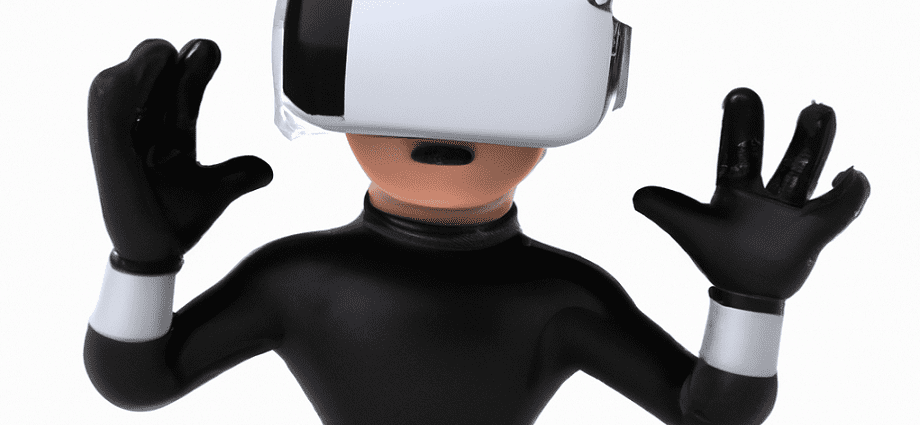Mental health has been a topic of concern for many years now, and the impact it has on people’s lives is undeniable. With the advancement of technology, the medical field has been presented with new opportunities to improve the way we treat mental health. Virtual reality (VR) and augmented reality (AR) have been making waves in the mental health field, providing new ways of helping individuals overcome mental health challenges.
What is Virtual Reality and Augmented Reality?
Virtual Reality (VR) is a digital construct that emulates a three-dimensional space and allows users to engage with it in a way that simulates a real-life experience. By immersing users in a fabricated environment, VR technology creates an illusion of a tangible, interactive world, providing the feeling of being present in the digital environment. Users can explore and manipulate virtual objects in a manner that feels natural, similar to their interaction with real-world objects.
Augmented Reality, on the other hand, is the integration of digital information into the real world. This technology adds a layer of digital information to the real world, enhancing it and providing a new level of experience.
Virtual Reality Empowering Mental Health Treatment
Virtual Reality has been gaining popularity as a tool for mental health treatment, and for good reason. It provides a safe and controlled environment for individuals to work through their mental health challenges, allowing them to face their fears and overcome them.
It is the ability to provide exposure therapy and it involves exposing individuals to the objects or situations that trigger their anxiety, helping them overcome their fears. With VR, individuals can be placed in a virtual environment that simulates their triggers, allowing them to work through their anxieties in a controlled and safe environment.
Immersive experiences is fully immersed in the virtual environment, providing a distraction from their thoughts and feelings. This can be particularly beneficial for individuals who struggle with depression or anxiety, helping them to escape from negative thoughts and focus on something more positive.
The Potential of Augmented Reality in Mental Health
While VR has been making waves in the mental health field, AR has the potential to provide a new level of experience for individuals. AR has the ability to provide real-time information and feedback to the user, making it an effective tool for mental health treatment.
AR in mental health treatment provides real-time feedback, such as monitoring stress levels, enabling individuals to take timely action to manage their mental health and avoid triggers.
AR applications in mental health treatment can offer real-time support and guidance to help individuals manage and overcome mental health challenges, promoting a sense of empowerment and control.
Transforming Mental Health Care with VR and AR
The potential of VR and AR in mental health treatment is truly exciting. These technologies provide new opportunities for individuals to overcome mental health challenges and improve their overall wellbeing. As technology continues to advance, the potential for VR and AR in mental health treatment will only continue to grow.
Challenges and Limitations
Despite the numerous benefits and potential of VR and AR in mental health treatment, there are several challenges and limitations that must be addressed.
Accessibility to VR and AR Technology
VR and AR technology can be expensive and may not be readily available to everyone. Furthermore, some individuals may not have access to the necessary equipment, such as VR headsets or AR devices, which can be an obstacle to accessing mental health treatment.
Integration with Traditional Therapy Methods
VR and AR should not replace traditional therapy techniques, but rather complement them. A trained mental health professional should always be involved in the treatment process to ensure that the patient receives the best possible care.
Safety Concerns with VR and AR
Finally, safety concerns must be taken into consideration when using VR and AR in mental health treatment. VR and AR can cause disorientation, nausea, and other physical and psychological side effects, and it is important to monitor patients carefully while they are using the technology. In addition, there may be privacy concerns related to the use of VR and AR in mental health treatment, such as the potential for data breaches and unauthorized access to sensitive information.
Conclusion
In conclusion, virtual reality and augmented reality in mental health treatment is a new frontier, and the potential is truly exciting. With its ability to provide exposure therapy, immersive experiences, real-time feedback, and support, VR and AR provide new and innovative opportunities for individuals to overcome mental health challenges. So, embrace the power of technology, and see what VR and AR can do for your mental health today.











